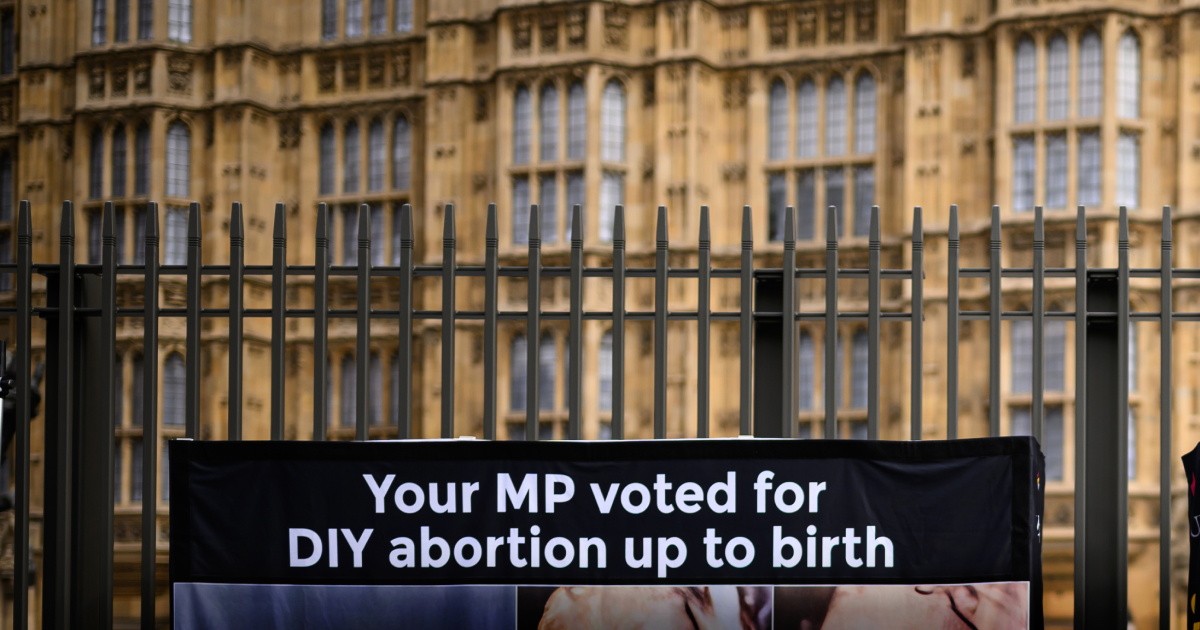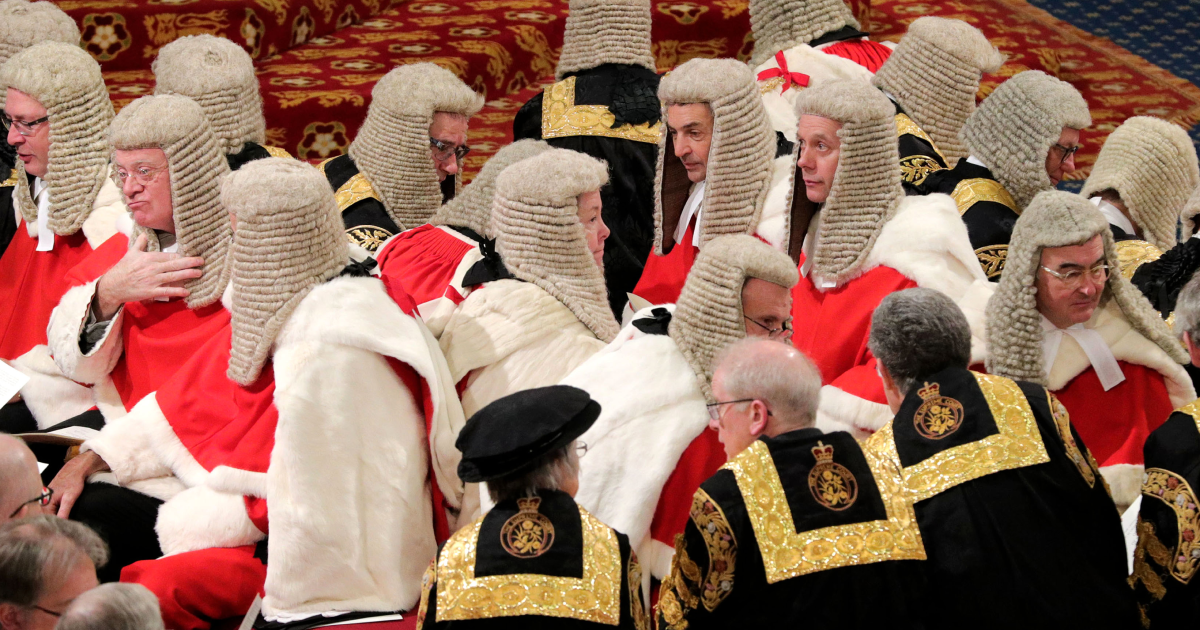Walking my dogs last night I was aware, even in this bungalowed downland backwater, of a large number of children scurrying around in fancy dress. There were witches and wizards, ghosts and ghouls, skeletons and blood-soaked horrors, and various impersonations of the Grim Reaper. All harmless fun, I suppose …
Yet, how harmless is it, really? I remember, as a somewhat nerdy teenager being fascinated by death – or, rather, by the process of bereavement that faces the living who are dying, or the living who remain after the death of a loved one.
Long before I discerned a vocation to the priesthood, I was aware of a healthy fascination with the process of dying, and of the accompanying catastrophic effects so often experienced by those approaching death, or who are left behind.
By the end of sixth form I had devoured Elizabeth Kubler-Ross’s masterpiece On Death and Dying. First published in 1973, this outstanding book left me with a deep and lasting impression. No doubt, it has informed and bolstered my own support of the bereaved throughout my ministry, as well as helping me, I hope, to care appropriately and tenderly for the dying.
Among other things, Kubler-Ross recorded her famous fives stages of grief – denial, anger, bargaining, depression, acceptance – which, originally intended for application to the terminally ill, have become associated with all forms of bereavement.
As the UK Parliament seems hell-bent on devaluing the sacredness of life and promoting a disposable view of that which is most precious, perhaps these sinister night-time fancy dress parades speak to us of a deep and disheartening celebration of death; a reducing to pantomime of that which is so very serious.
Look what’s happened. “Halloween”, the word, is, of course, derived from “All Hallows Eve”, the ancient English name for what we now call All Saints. The sense of vigil, and the anticipatory excitement of the great solemnity was intended, surely, to point to the fear experienced by the evil spirits with the upcoming of the holiness of the next day’s feast, and the sacredness of the lives of those commemorated.
Gargoyles on churches and cathedrals are often placed architecturally in the same way: the horrific faces contorted with terror and foreboding as they flee the holiness of the building, scattering themselves far and wide.
There has been a growing trend, in recent times, among Catholics, to celebrate a night of light on 31 October. This is intended as an antidote and corrector of the misdirected celebrations of Halloween that are now so popular.
Rather than decorate the porch with ugly skeletons and bedsheets covered in blood, this observance looks to reclaim the concept that is fundamentally Christian: it is love – not laughter – that conquers death.
Ridiculing death surely leads to ridiculing life: and that’s where we find ourselves in so much of contemporary society. Perhaps the need to make fun of that which is so serious comes from a deep-seated fear.
That’s why we need the saints more than ever before. Only the love of God and the glory of a life lived in God’s presence can take away the cynical, present-day sense of death being a game show.
Tonight, when I walk my dogs, lamenting the incoming early darkness, there will likely be no more pantomime villains to avoid – but the question remains, how seriously do we really take death?
I fear that our answer to that question reflects how seriously – or not – we take life itself.
Photo: A street performer dressed in Day of the Dead clothing takes part in the annual Halloween Festival parade in Londonderry, Northern Ireland, 31 October 2025 (Photo by Charles McQuillan/Getty Images)
Fr Terry Martin, a priest of the Diocese of Arundel and Brighton, is the author of Animals in Heaven? A Catholic Pastoral Response to Questions about Animals, Wipf & Stock, 2024, available here.










.png)





